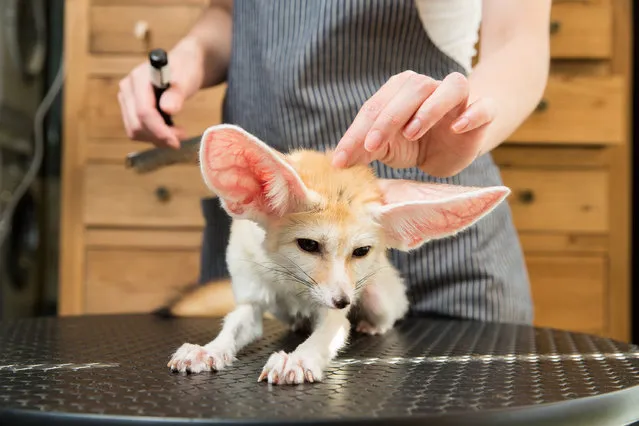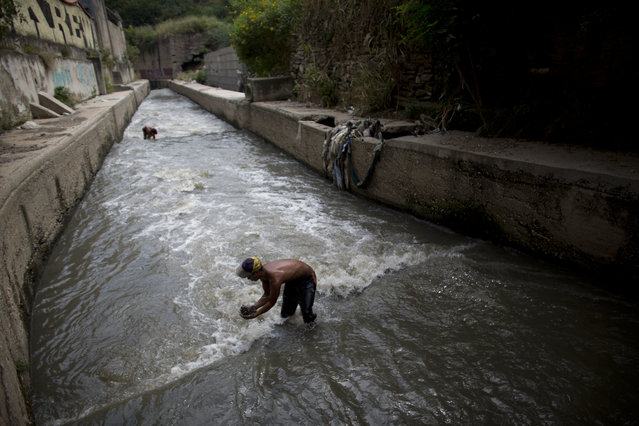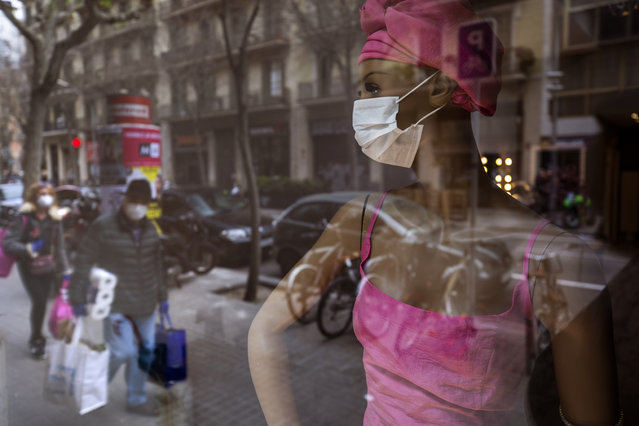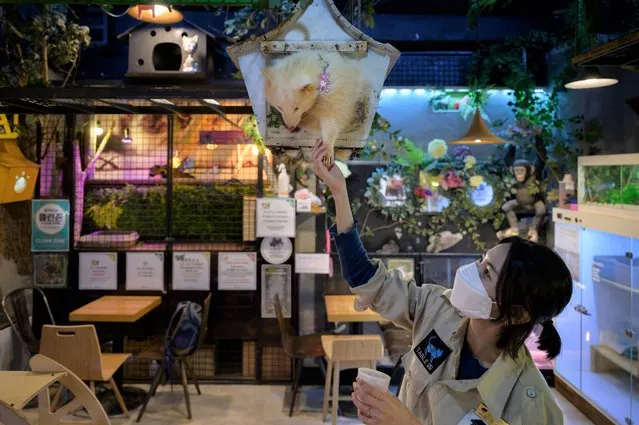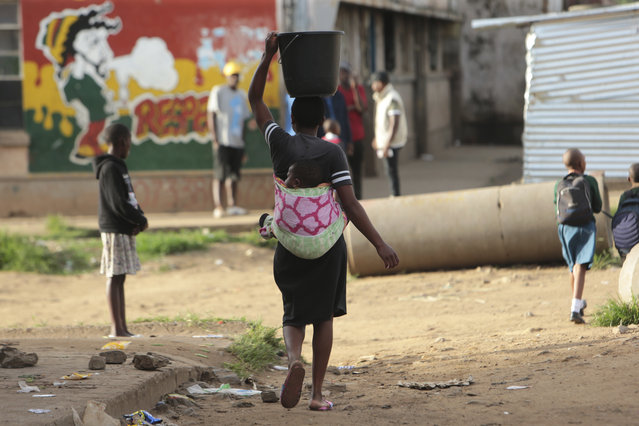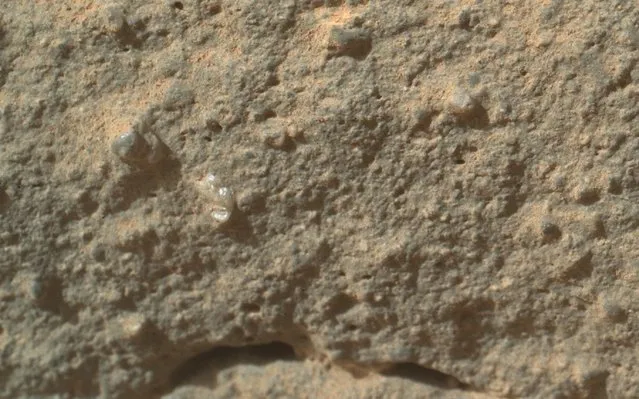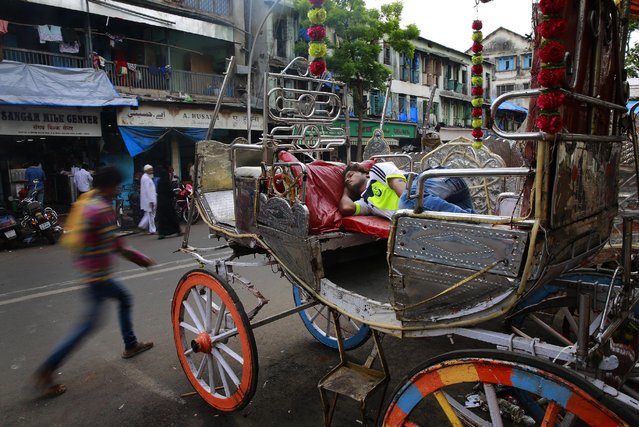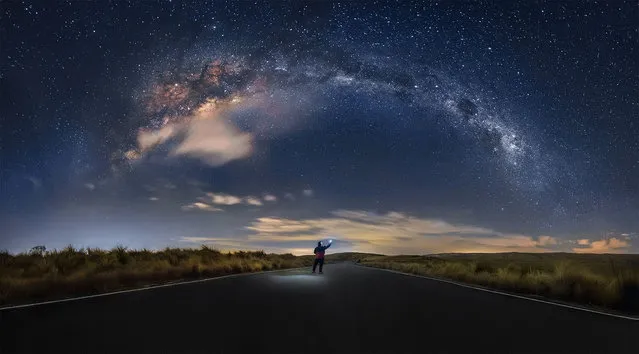
The deserts of Argentina take on a starring role in this photographer’s breathtaking Milky Way shots. Amateur snapper Gonzalo Javier Santile, 46, spent the last two years capturing these rare shots of the galaxy as it arced over deserts in Salta Cafayate, Cordoba Valle de Punilla, Provincia de Buenos Aires and the Rio Negro province. In his pictures, the Milky Way can be admired as it towers over canyons, cacti, bushes, and even small brooks and lakes. (Photo by Gonzalo Javier Santile/Caters News Agency)
27 Mar 2019 00:01:00,post received
0 comments

